The seated leg press is a strong lower-body workout that makes your legs, butt, and hamstrings stronger, safer and enhances balance, endurance and weight loss. It is suitable for both novice and experienced lifters, as well as it provides growth to the muscles, enhanced stability, and less strain on the joints, in contrast to squats. Once this exercise has an appropriate form and proper seat angle and consistent effort, it helps to tighten your legs, aid in losing weight and also create a firm, lean lower body.
- What Is the Seated Leg Press?
- Muscles Involved in the Seated Leg Press
- Advantages of Seated Leg Press
- The correct way to perform the Seated Leg Press
- Common Mistakes to Avoid
- Seated Leg Press vs Squat: which is superior?
- Drawbacks of the Seated Leg Press
- Burning of Fat and Losing Weight
- Variations of the Seated Leg Press
- Tips for Best Results
- Conclusion
- Frequently Asked Questions
What Is the Seated Leg Press?
The seated leg press is one of the popular resistance exercises that is carried out on a leg press machine, which is meant to make it work on the major muscles of the lower body. You are seated on a reclined chair and propel a loaded platform with the use of your legs. This pose resembles a squat, but it is a bit more supportive of your back and hips and therefore, is ideal when an individual needs to firm up their legs without overstraining the spine.
This workout is very beneficial in developing good thighs, buttocks, hamstrings, and calves. It works with several muscles simultaneously, enhancing strength and endurance. Given that the movement is machine-directed, it can be more stable and assist in keeping the perfect form, which is highly beneficial in cases of the inexperienced or the post-injury condition. The seated leg press is also used to enhance circulation and metabolism, which is beneficial to general weight management and fat loss.

Muscles Involved in the Seated Leg Press
The seated leg press is mostly aimed at the large body muscles of the lower body, hence it is a full-body strengthening exercise.
- Quadriceps: The front muscles on the thigh are the prime movers, which have the effect of straightening the knees as you push the platform away.
- Gluteus Maximus: These are the muscles that aid in pushing, which help to lift and tighten the buttocks.
- Hamstrings: These are muscles situated behind the thighs; they balance the movement and determine the drop of the platform.
- Calves: These are used in the last extension stage and help in the shaping of the lower legs.
This synergistic muscle movement not only helps in better muscle definition, but it also helps in burning fat in the legs, which will help a person shape their body in general and will help the person lose weight.
Advantages of Seated Leg Press
The seated leg press has many benefits that qualify it to be one of the optimal gym exercises in lower-body development:
- Improves Strength and Power: Consistently practising this workout will develop powerful quads, hamstrings, and glutes that will increase the power of the lower body and athletic performance.
- Supports Fat Loss and Toning: It enhances calorie and fat burning of the legs, though it also makes the muscles lean, hence being very beneficial to a person who desires slimmer legs or a leaner figure of the thigh.
- Protects Joints and Spine: The machine would support your back, thus eliminating the chances of having a strained back and knees, as with squats.
- Improves Balance and Mobility: Stereotyping of stronger legs will lead to better posture, walking, and general stability.
- Ideal for All Fitness Levels: You will be able to regulate resistance levels to suit your strength and achieve progress in a safe way, whether you are new to the gym or an experienced person.
- Boosts Metabolism: Being a compound movement, it also burns calories even after you work out, and this helps to keep the weight down over the long run and burns belly fat as well.
The seated leg press is a good choice of leg workout as it is known to build lean legs and endurance.

The correct way to perform the Seated Leg Press
The importance of proper performance of the seated leg press is such that it will result in good performance and safety. Follow these steps:
Adjust the Seat Angle:
- Adjust the backrest to approximately 90 to 100 degrees, not so high up as to put undue strain on your backbone, yet high enough so as not to make your knees labour too hard.
Position Your Feet:
- Cursor on feet, with a distance of shoulders on the platform.
- Putting more emphasis: Emphasises on glutes and hamstrings.
- Lower position: lays stress on the quads.
- Illustrations: A Wide stance represents the inner thighs.
- Narrow stance: Quads work the outer thighs more directly.
Perform the Movement:
- Begin by opening up the safety handles.
- Pull the platform away, stretching your legs to the point of being almstraightt-do not lock your knees.
- Gradually lower the platform up to a 90-degree angle at the knees.
- Repeat for 10–15 reps.
Breathing Technique:
- Breathe out when lifting and inhale when lowering.
The seated leg press, when done properly, will give strength to your upper body, as well as your lower body, without too much stress. It is among the best methods of gaining strength safely and effectively.
Common Mistakes to Avoid
Most individuals use the seated leg press in the wrong posture and decreasing its advantages or endangering themselves with injury.
Avoid these mistakes:
- Locking the Knees: Do not straighten your legs fully; It may put pressure on the knee joint.
- Wrong Seat Angle: When the chair is too sit-up, it may compress the knees you are sitting on; when it is too relaxed, it will put a strain on your muscles. Keep it around 90–100 degrees.
- Too Much: It is good to be able to work with proper form before adding weight.
- Shallow range of motion: Reduce the platform with your thighs at a 90-degree position and your muscles fully activated.
- Raising Hips off the Seat: Along with keeping the back flat against the pad, do not strain your lower back.
The correct form is the maximisation of the results with minimum risk to yourself.
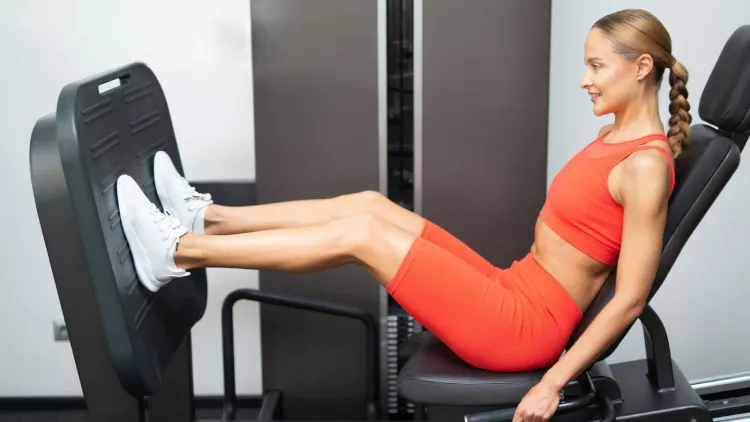
Seated Leg Press vs Squat: which is superior?
Both workouts are great for the development of the legs, although they are used in different ways.
Lower body muscles are better isolated by the seated leg press, which protects your back. This machine is best used by novices or those with a back problem. The squat, on the other hand, is more practical and entails the straightening of the muscles all over the body.
Whereas the squats are excellent in athletic activity and balance, the seated leg press enables one to lift heavier with ease, resulting in more defined and stronger legs. Preferably, you should incorporate them into your workout.
Drawbacks of the Seated Leg Press
Despite all of its advantages, the seated leg press has some negative aspects that should be considered:
- Limited Core Involvement: The machine stays in the back, and thus your core muscles are not as engaged as in the case of squats.
- Possibility of Overtraining: In case this exercise is exercised on its own without combining it with free weights, it would cause imbalances.
- Form Dependence: improper positioning or the position of the feet may lead to straining of the knees and hips.
Nevertheless, properly used and in combination with other leg exercises, it is one of the most effective tools of lower-body development.
Burning of Fat and Losing Weight
The seated position of the leg press is the one that increases the muscle while also assisting in fat burning due to an increase in calorie burning and metabolism. The gain in muscle mass has the benefit of allowing the body to burn even when at rest. To trim the thighs or cut the belly fat, this exercise will go hand in hand with cardio exercises such as treadmill running or biking. Seated leg press, treadmill, and elliptical are among the finest gym machines for shedding weight since they are used in addressing large muscles.
Proper diet and hydration can be used together with strength training, which produces the best belly fat. Alcoholic beverages such as green tea, lemon water, and black coffee may help boost metabolism, and the most important thing is to remain hydrated and have a calorie deficit. Working out regularly also aids in balancing the hormones to lessen the lower belly fat, and fat-wise, most individuals lose fat in the face, arms, and thighs before the mid-section.
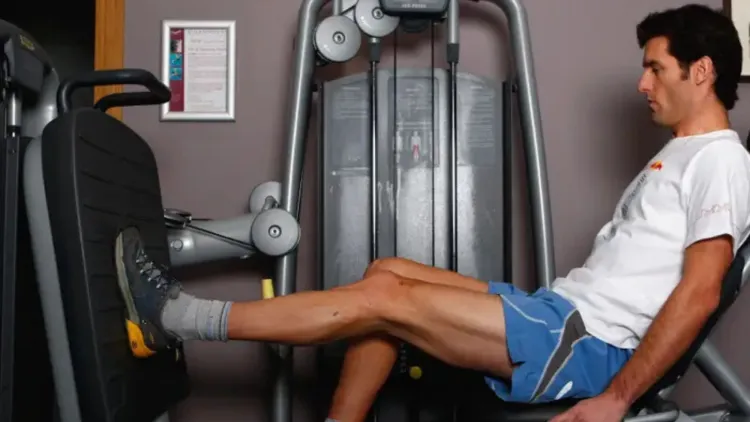
Variations of the Seated Leg Press
Your seated leg press exercises should be made more active by the following variations:
- Single-Leg Press: This type emphasises individual legs to revise the imbalances in strength.
- Wide Stance Press: Has an effect on the inner thighs and the glutes.
- Narrow Stance Press: As per the name, this is an outer-thigh and quad movement.
- Calf Press: This is an exercise where your legs are extended and pressed through your toes in order to exercise your calves.
Such differences guarantee equal muscle growth and avoid plateauing.
Tips for Best Results
- Rise and stretch lightly, or jogging is the way to get warmed up.
- Perform small steps one at a time to stimulate maximum muscular work.
- Breathe continuously.
- Use lunges, squats, and leg curls as a balance to the seated leg press in order to have a complete leg day activity.
- Be regular and monitor your progress every week.
- Discipline will make your legs look stronger, more toned, and increase your stamina over time.

Conclusion
The seated leg press is a very effective and versatile routine to strengthen the legs and also to flatten the lower part of the body. It enables you to be able to train safely using heavy weights, lower the risk of injuries, and train endurance. This exercise can be used to lose weight, slim thighs and provide a good base to start any form of exercise with regular workouts, the right shape and the right balance of nutrition. Seated leg press should also be a part of your exercise routine, whether you want to gain some muscle mass to lose some weight.
Frequently Asked Questions
1. What is the effectiveness of the seated leg press?
Very good at building and tightening the lower body, especially when it is performed well and with constant resistance.
2. What muscles does it work?
It also mainly works on quads, glutes, hamstrings, and calves, enhancing the power of the legs generally.
3. Can it help with weight loss?
Yes, leg press when seated helps in burning fat due to muscle mass and metabolism.
4. Is it better than squats?
They are both equally good–they have their use. The leg press provides control and safety, and the squats increase the general functional strength.
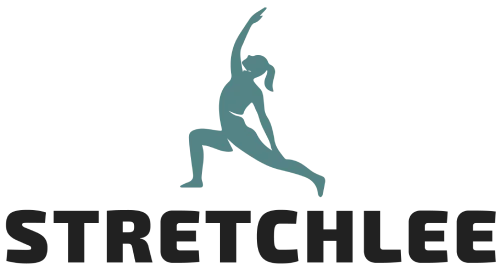
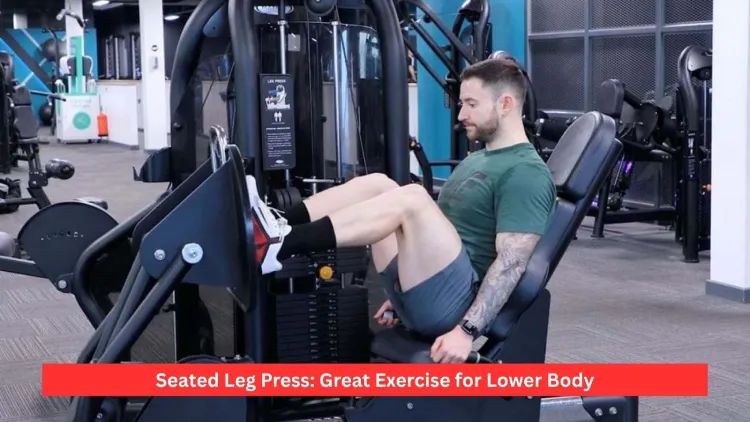

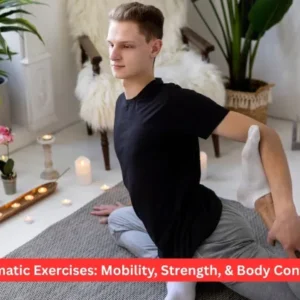
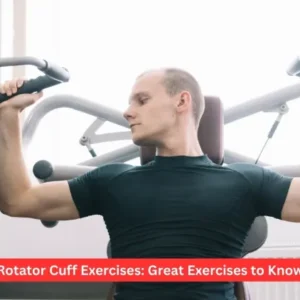

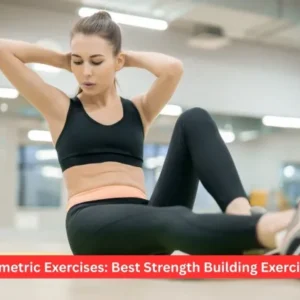

2 thoughts on “Seated Leg Press: Great Exercise for Lower Body”
I have realized some essential things through your blog post. One other thing I would like to express is that there are several games in the marketplace designed in particular for toddler age children. They consist of pattern recognition, colors, creatures, and designs. These generally focus on familiarization rather than memorization. This keeps little children engaged without feeling like they are studying. Thanks
Thank you for your insightful comment! I’m glad you enjoyed the post. You’re absolutely right—games that encourage learning through fun and play are so valuable for young kids. Appreciate your thoughts!